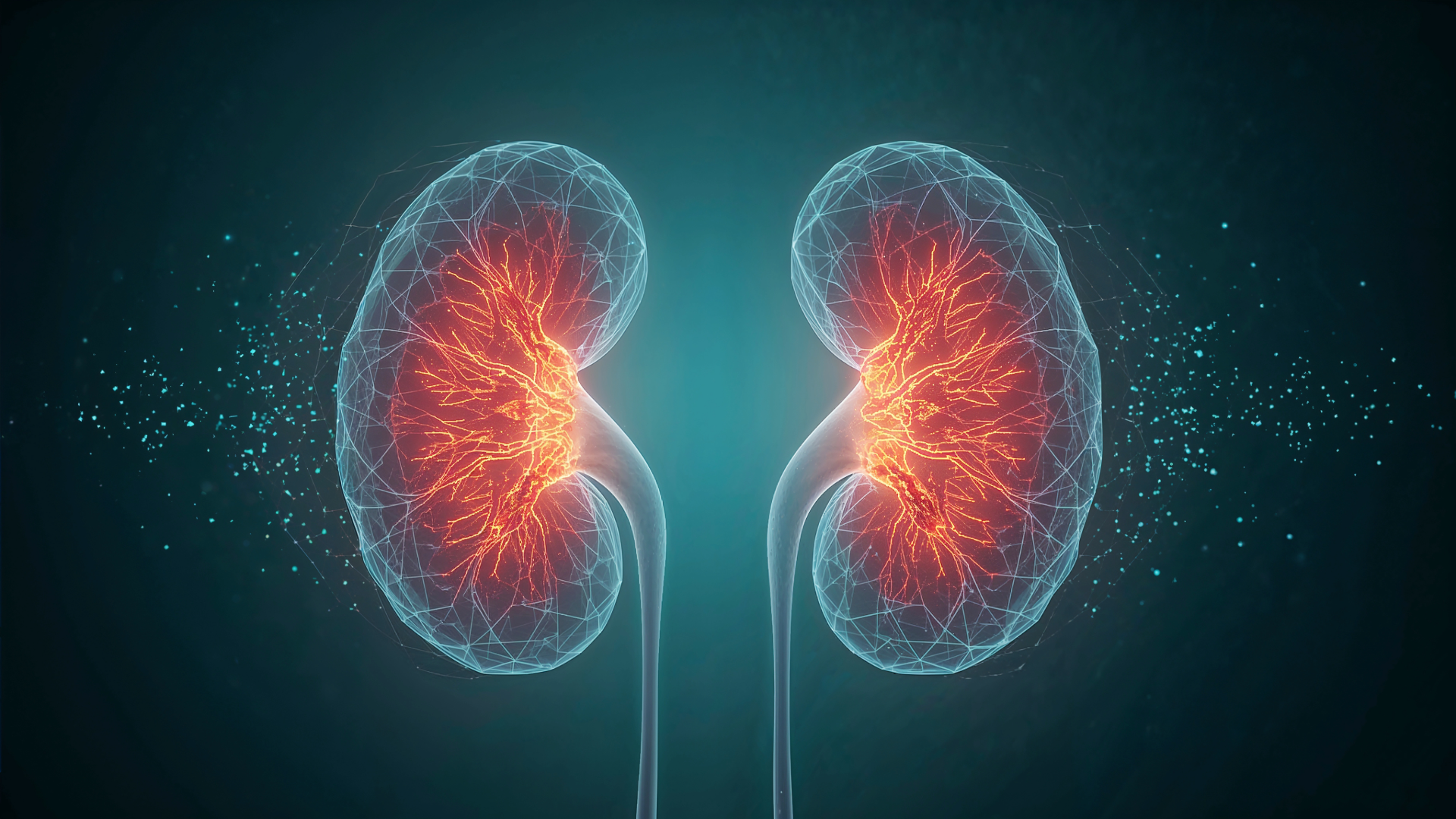Doctors often use “surrogate endpoints” – measurable signs like blood pressure and urine protein – to predict long-term health outcomes. Lowering blood pressure and reducing proteinuria both signal better heart and kidney protection, but not all medicines have the same benefits. Some drugs, such as ACE inhibitors, ARBs, and aldosterone blockers, protect kidney and cardiovascular function, while others may lower these surrogate endpoints without offering the same protection. Although neither are blood pressure medicines per se, SGLT2 inhibitors and GLP-1 agonists alter proteinuria and confer kidney and cardiovascular protection, with each drug class having a unique benefit profile. Understanding the nuances of surrogate markers helps patients and clinicians choose treatments that effectively decrease the risk of kidney and cardiovascular disease, not just improve surrogate endpoints.
Understanding Surrogate Endpoints
In medical research, a surrogate endpoint is a measurable sign or marker used as a stand-in for a direct health outcome. For example, instead of waiting to see if a treatment prevents heart attacks or kidney failure, researchers may look at how much it lowers blood pressure or urine protein [1]. These measures serve as early indicators that treatment may ultimately reduce long-term risks [2].
Blood Pressure: A Marker of Cardiovascular Health
High blood pressure is one of the strongest predictors of heart attack, stroke, kidney disease, and dementia. Lowering blood pressure clearly improves outcomes, but in addition to the degree of blood pressure control, benefit also depends on the type of medication used. For example, thiazide diuretics and calcium channel blockers excel at stroke prevention [3]. And when ACE inhibitors and ARBs are used for blood pressure control, they confer additional kidney protection compared to other classes of antihypertensives, when blood pressure control is the same [4]. Beta blockers are less cardiac-protective than once thought, partly because today’s patients receive better overall cardiovascular care [5]. Loop diuretics may mildly lower blood pressure, but they also enhance the release of the kidney hormone renin, which raises blood pressure, making them non-ideal as antihypertensives blood pressure control and for kidney and cardiovascular protection [6].
Proteinuria: A Sign of Microvascular Damage in the Kidneys, and Elsewhere
Proteinuria – protein leaking into the urine – represents glomerular barrier injury and predicts worse long-term renal and cardiovascular outcomes, independent of glomerular filtration rate (GFR). Proteinuria is one of the earliest signs of kidney damage and is also a marker of microvascular stress throughout the circulation. Proteinuria is an established risk factor for cardiovascular disease [7]. Lowering urine protein slows kidney decline and lowers cardiovascular risk [8].
Beyond RAAS Blockade: SGLT2 Inhibitors and GLP-1 Receptor Agonists
Recent studies have shown that SGLT2 inhibitors – originally developed for diabetes – have significant renal and cardiovascular protective effects, even in patients without diabetes. These drugs reduce proteinuria and slow the progression of renal decline [17, 18, 19]. GLP-1 receptor agonists, another class of diabetes medications, also reduce proteinuria and inflammation, leading to fewer cardiovascular and kidney complications [20, 21]. These two drug classes complement each other and also complement traditional RAAS blockade, all working together to reduce risk [22].
How Different Drug Classes Affect the Kidneys and Blood Pressure
| Drug Class | BP Reduction | Proteinuria Reduction | Kidney Protection | Key Mechanism |
| ACEIs/ ARBs | Strong | Strong | Strong | Efferent arteriolar dilation; reduce intraglomerular pressure [9] |
| Thiazide Diuretics | Moderate | Moderate | Mild | Enhance effects of ACEIs/ARBs; mitigate NaCl overload [10] |
| Loop Diuretics | Mild | Minimal | None | Cause excessive renin/RASS stimulation [11] |
| Calcium Channel Blockers | Strong | Minimal | None | Beneficial for BP control; limited benefit for renal hemodynamics [12] |
| Beta Blockers | Moderate | None | None | Less effective for stroke; no effect on kidney outcomes [13] |
| Aldosterone Blockers | Mild | Moderate | Strong | Reduce kidney fibrosis and scarring; additional RAAS blockade [14] |
| SGLT2 Inhibitors | Mild | Strong | Strong | Restore tubuloglomerular feedback; reduce hyperfiltration [15] |
| GLP-1 Agonists | Minimal | Mild | Moderate | Reduce albuminuria, kidney inflammation, and CV risk [16] |
Take-Home Points
- Surrogate endpoints such as BP and proteinuria are clinically useful predictors of major outcomes but the benefits from their control are not interchangeable among therapies.
- ACEIs, ARBs, and aldosterone antagonists (RAAS blockers) remain the cornerstone for renal protection.
- Thiazides potentiate the antiproteinuric effect of RAAS blockade; loop diuretics do not.
- SGLT2 inhibitors now stand as proven renoprotective agents even in non-diabetic CKD and enhance the benefits of RAAS blockade.
- GLP-1 receptor agonists confer modest renal benefit and robust cardiovascular protection.



